Exposure • Media • Photography • Social Good
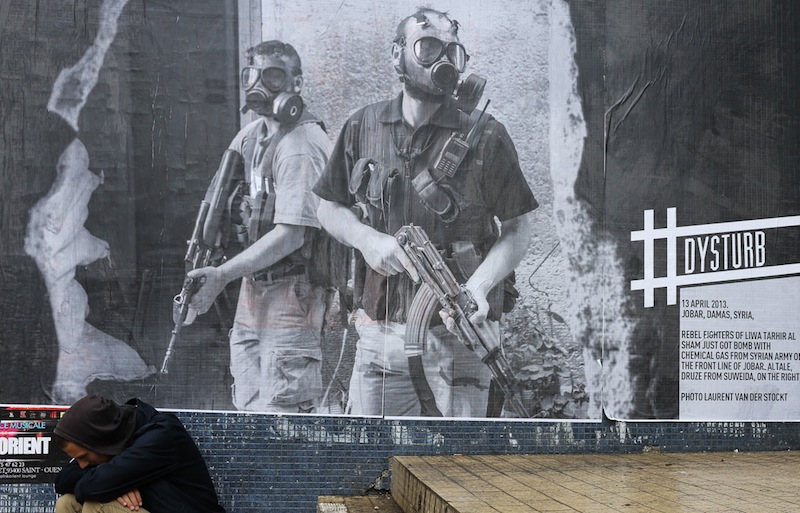
July 28, 2015
Exposure: Dysturb poster in Paris by Jeanne Frank
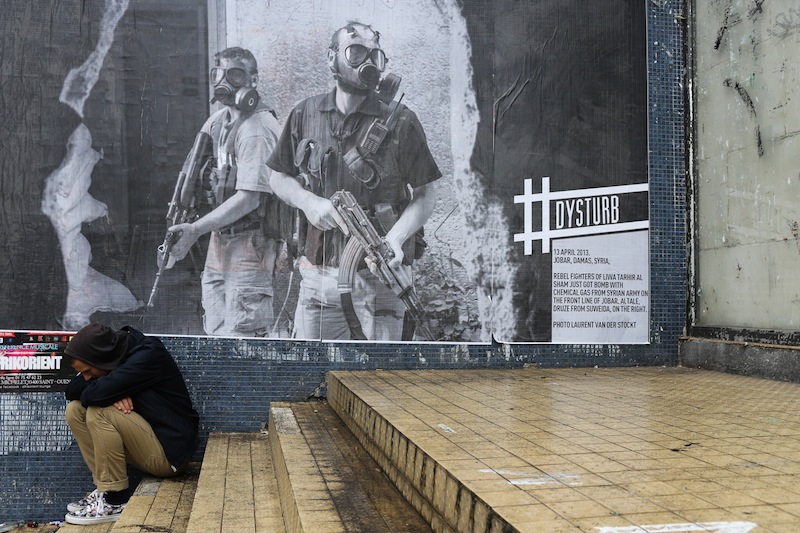
#Dysturb poster showing a picture by Laurent Van der Stockt, photographed by Jeanne Frank, Paris, 2014
Since its formation in Paris in spring 2014, #Dysturb has been making waves. Its founders, Pierre Terdjman and Benjamin Girette, both photojournalists, were frustrated by the difficulty of getting their images—often taken in danger zones at great personal risk—published in the mainstream press. They decided to go straight to the public and paste black-and-white blow-ups of the pictures around the city. Other photographers joined them and #Dysturb is now a fast-growing community of activists. In October 2014, its members flyposted the streets of New York, and they have just completed a campaign in Sydney.
The giant news photographs make a good visual story in their own right and there are many photos online showing the pictures on display in the streets, and the reaction, or lack of reaction, of people passing by. Sometimes they pause to look (each poster has a #Dysturb logo and a caption). Sometimes they are more concerned with their cell phones. It’s doubtful that any reliable conclusions about the #Dysturb photos’ impact on public awareness of these news events can be drawn from this haphazard visual reportage.
When I first saw Jeanne Frank’s picture, I assumed the French photojournalist had chanced upon the scene of the hooded young man huddled protectively on the steps. The photograph by Laurent Van der Stockt looming above him, which seems almost to burst through the Parisian wall (see another view), shows rebel fighters in Jobar, on the outskirts of Damascus, Syria, after a nerve gas attack by government forces in April 2013. But Frank’s photo turned out to be a set-up, one of a series of five in which the same subject takes his cue from each news picture by lingering on his bicycle, leaping into the air, or assuming a pose of cogitation. The sense of the world’s misery being almost too much to bear, as he turns his back and withdraws into himself, is entirely stage-managed. Two or three of the constructed scenes come perilously close to looking like a fashion shoot.
I don’t imagine Frank intends any great irony—she provides contact information for #Dysturb on her blog. Her artifice simply acknowledges the geographically detached viewer’s relationship to the news: we can take an interest, empathize, or decline to engage. We may behave differently tomorrow. Many do feel a consistent moral obligation to know, and expanding photojournalism’s domain into the streets makes the pictures harder to ignore. But the familiar dilemma posed by the long history of photographic reporting remains as acute as ever. Once we know, what can we do about it?
Observed
View all
Observed
By Rick Poynor
Related Posts
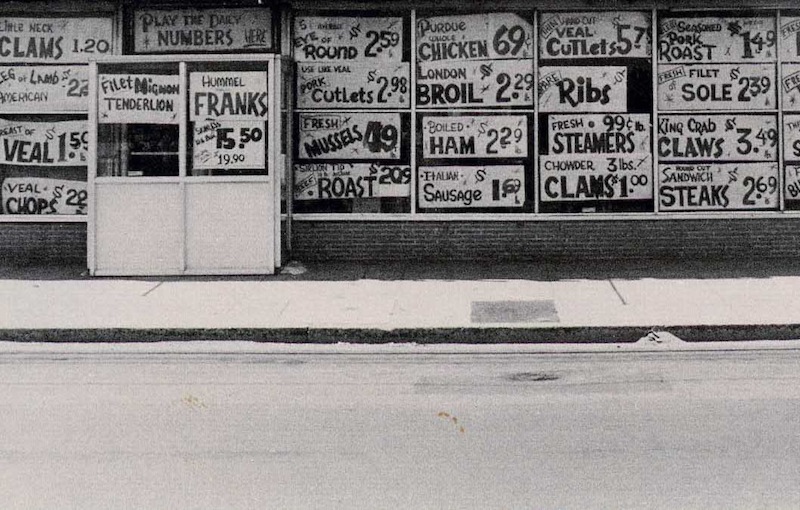
Exposure
Rick Poynor|Exposure
Exposure: Andy’s Food Mart by Tibor Kalman and M&Co
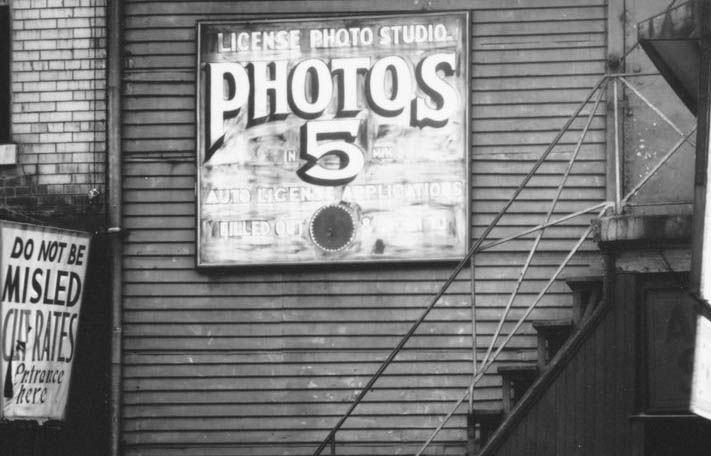
Exposure
Rick Poynor|Exposure
Exposure: License Photo Studio by Walker Evans
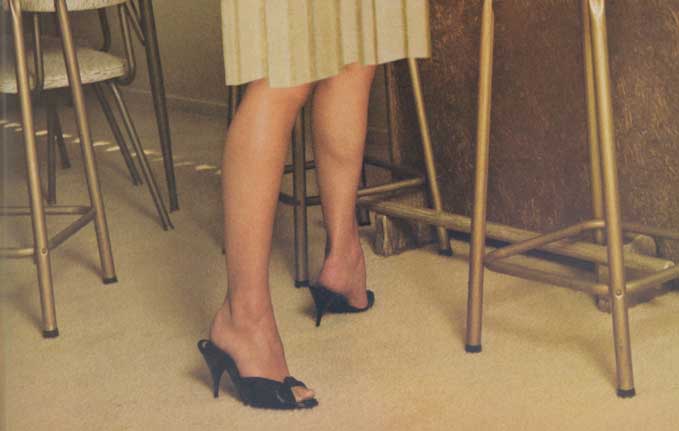
Arts + Culture
Rick Poynor|Exposure
Exposure: Drape (Cavalcade III) by Eva Stenram
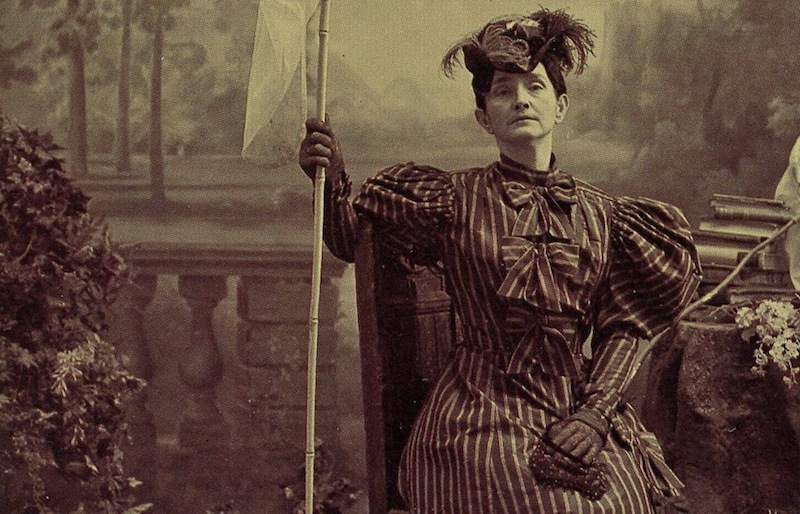
Arts + Culture
Rick Poynor|Exposure
Exposure: Mrs. E.N. Todter by Dion & Puett Studio
Recent Posts
Why scaling back on equity is more than risky — it’s economically irresponsible Beauty queenpin: ‘Deli Boys’ makeup head Nesrin Ismail on cosmetics as masks and mirrors Compassionate Design, Career Advice and Leaving 18F with Designer Ethan Marcotte Mine the $3.1T gap: Workplace gender equity is a growth imperative in an era of uncertaintyRelated Posts

Exposure
Rick Poynor|Exposure
Exposure: Andy’s Food Mart by Tibor Kalman and M&Co

Exposure
Rick Poynor|Exposure
Exposure: License Photo Studio by Walker Evans

Arts + Culture
Rick Poynor|Exposure
Exposure: Drape (Cavalcade III) by Eva Stenram

Arts + Culture
Rick Poynor|Exposure

 Rick Poynor is a writer, critic, lecturer and curator, specialising in design, media, photography and visual culture. He founded Eye, co-founded Design Observer, and contributes columns to Eye and Print. His latest book is Uncanny: Surrealism and Graphic Design.
Rick Poynor is a writer, critic, lecturer and curator, specialising in design, media, photography and visual culture. He founded Eye, co-founded Design Observer, and contributes columns to Eye and Print. His latest book is Uncanny: Surrealism and Graphic Design.